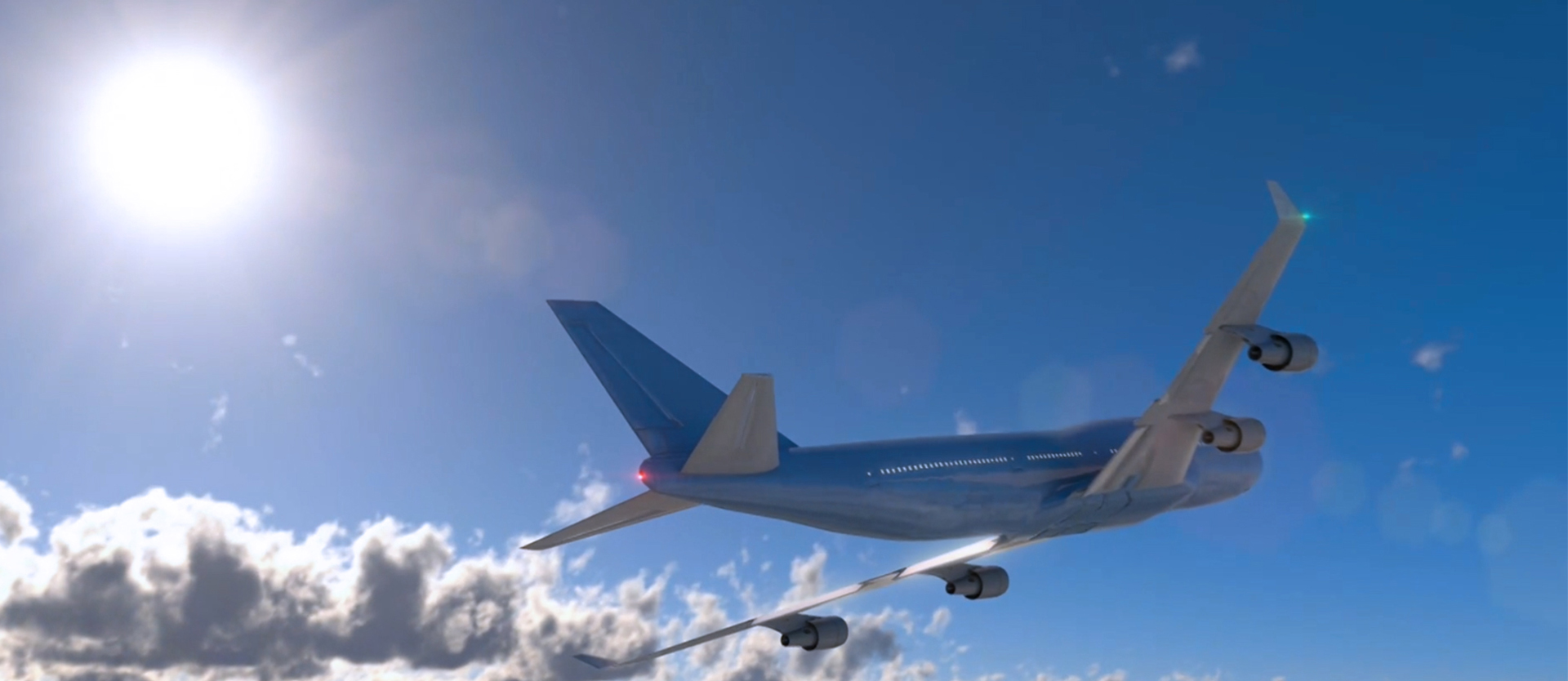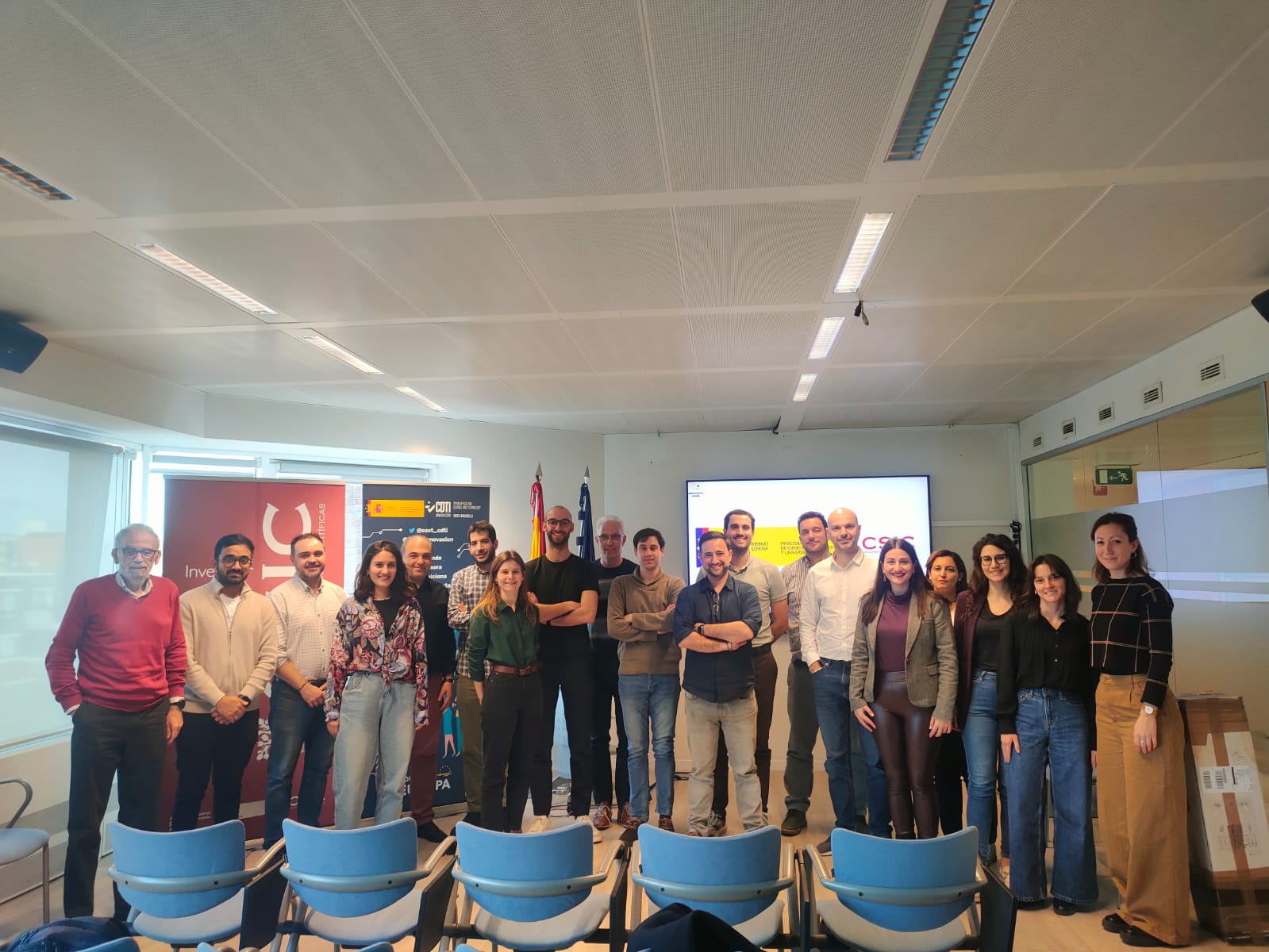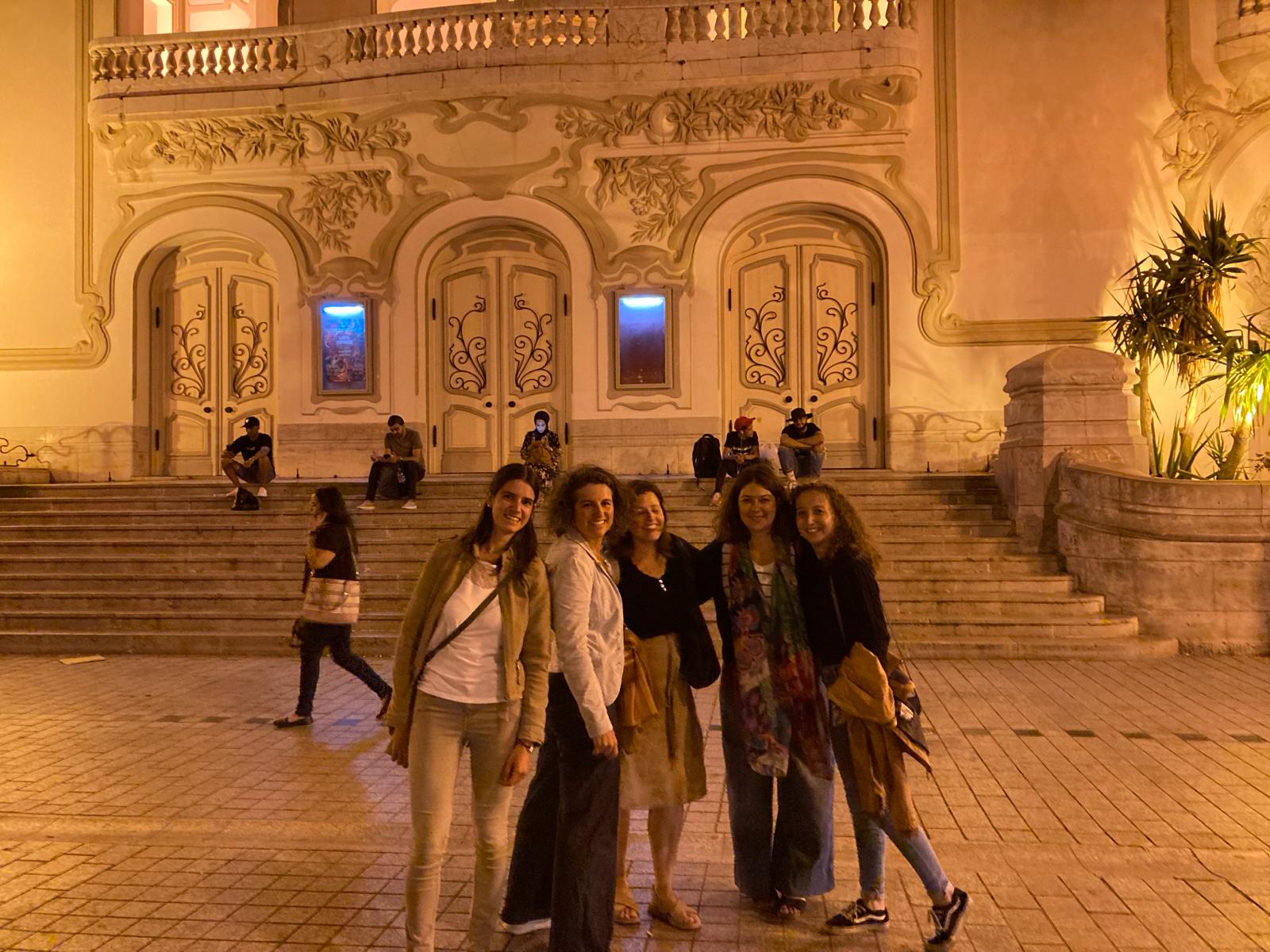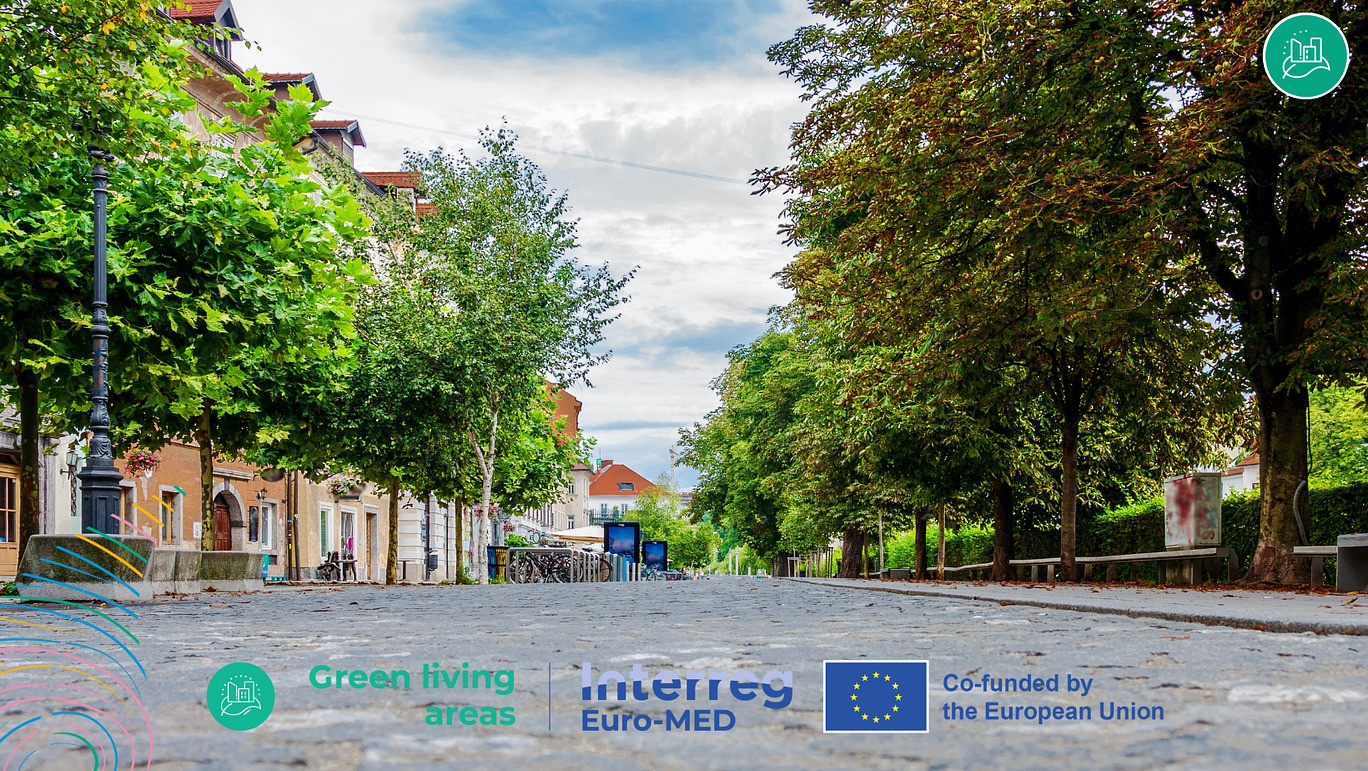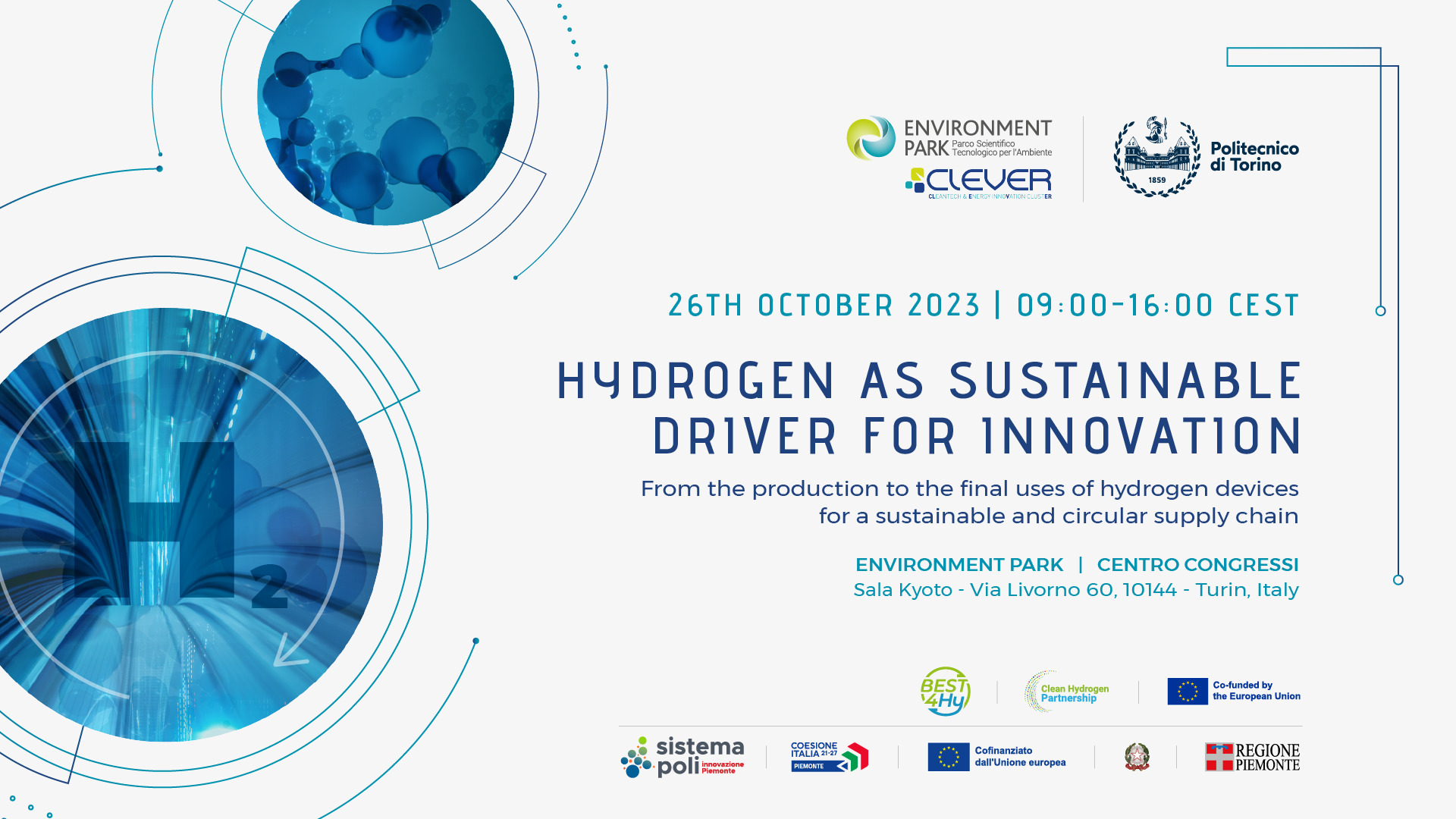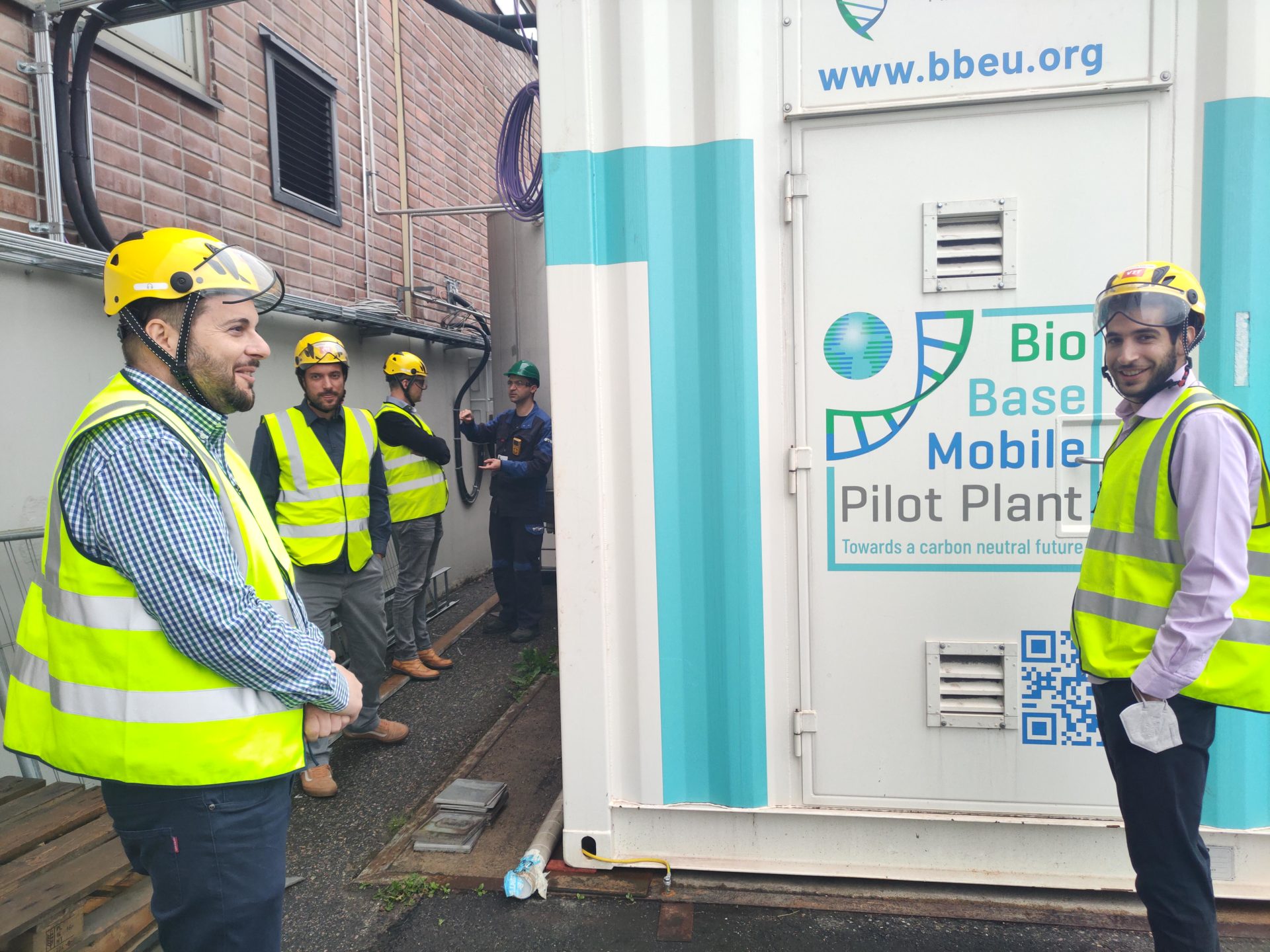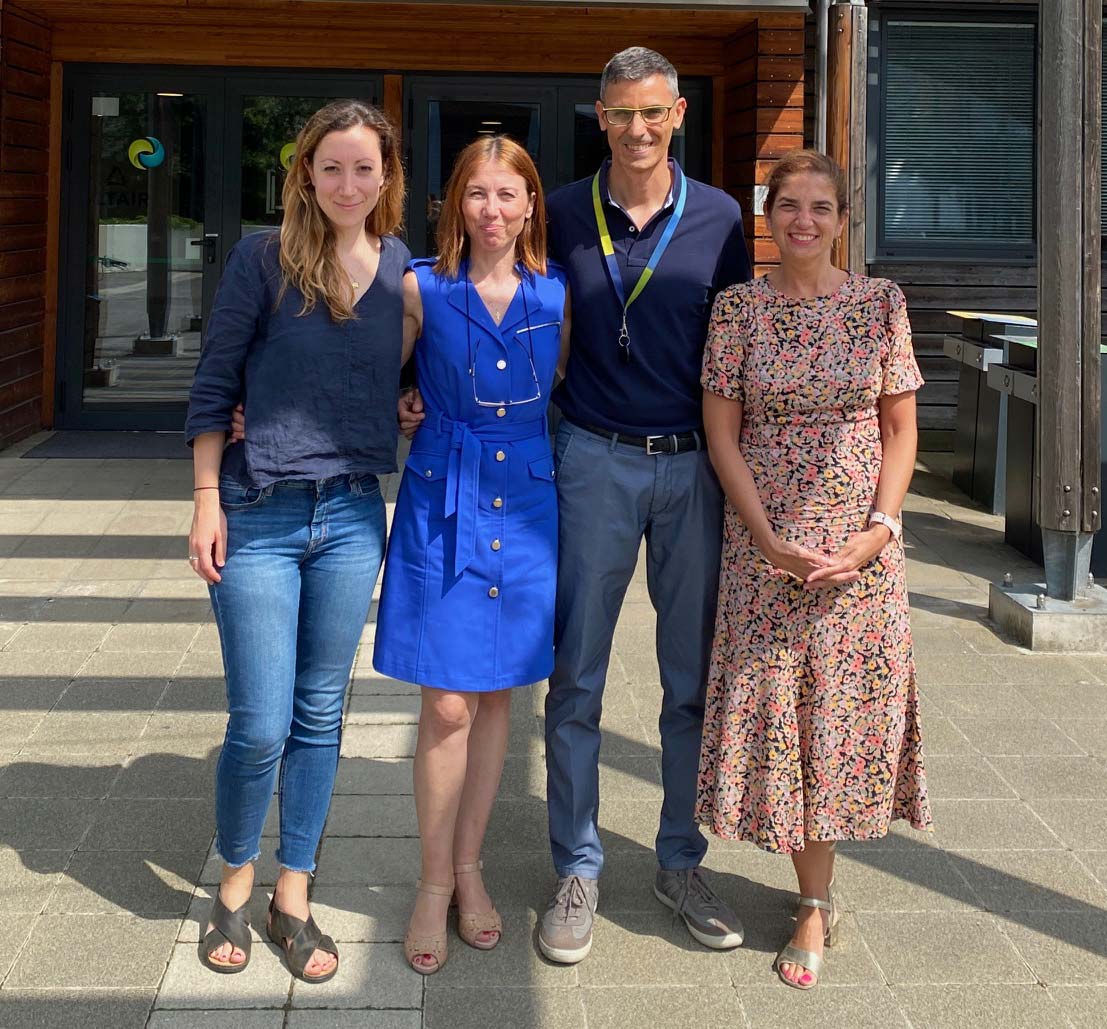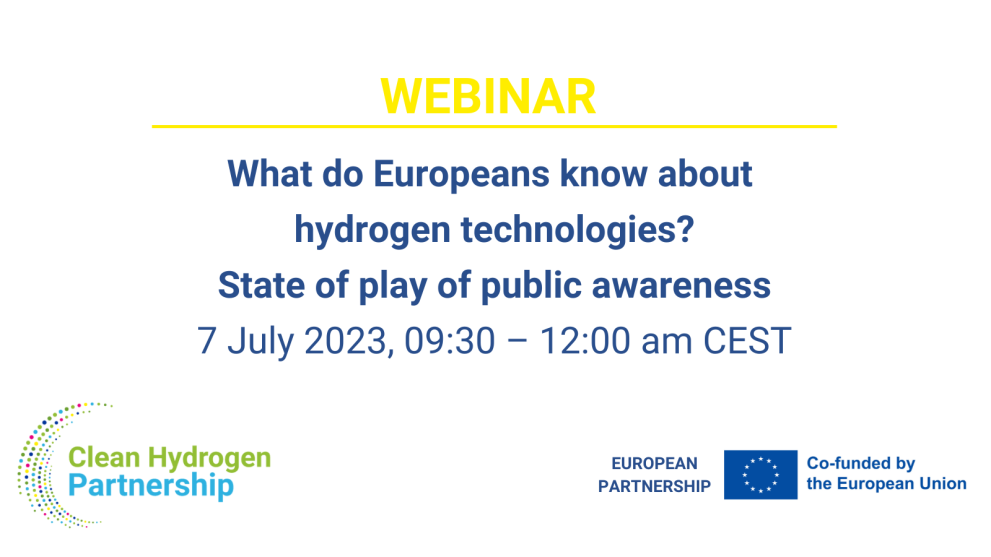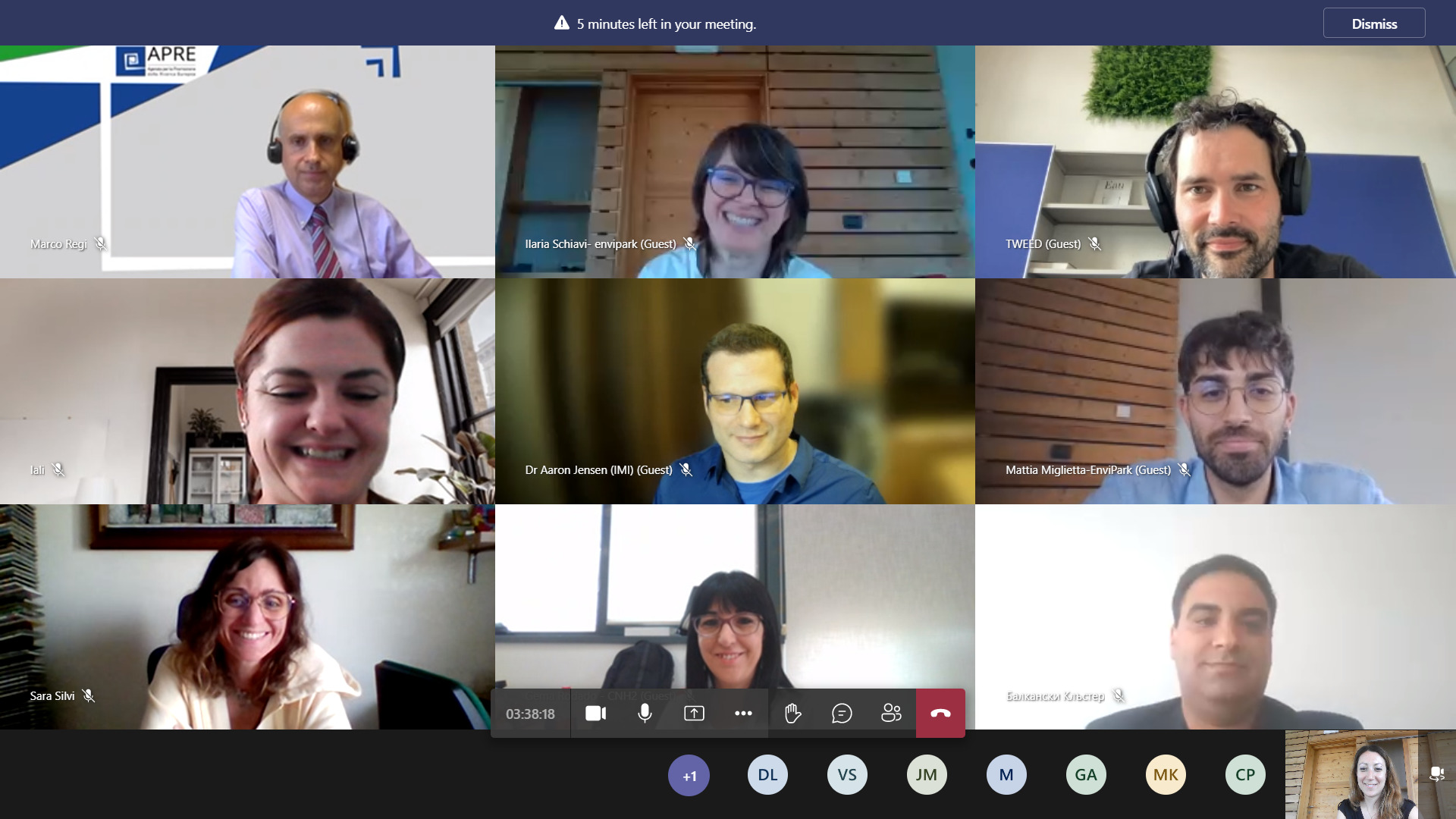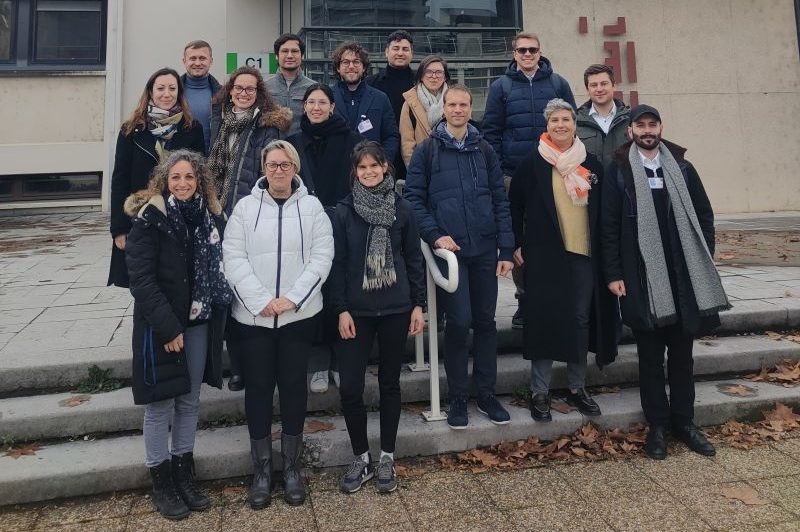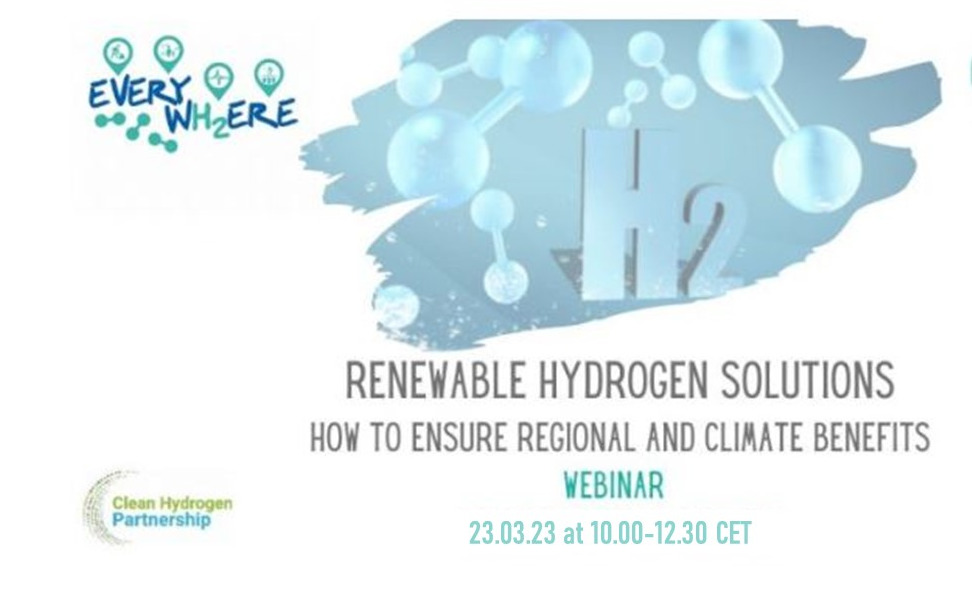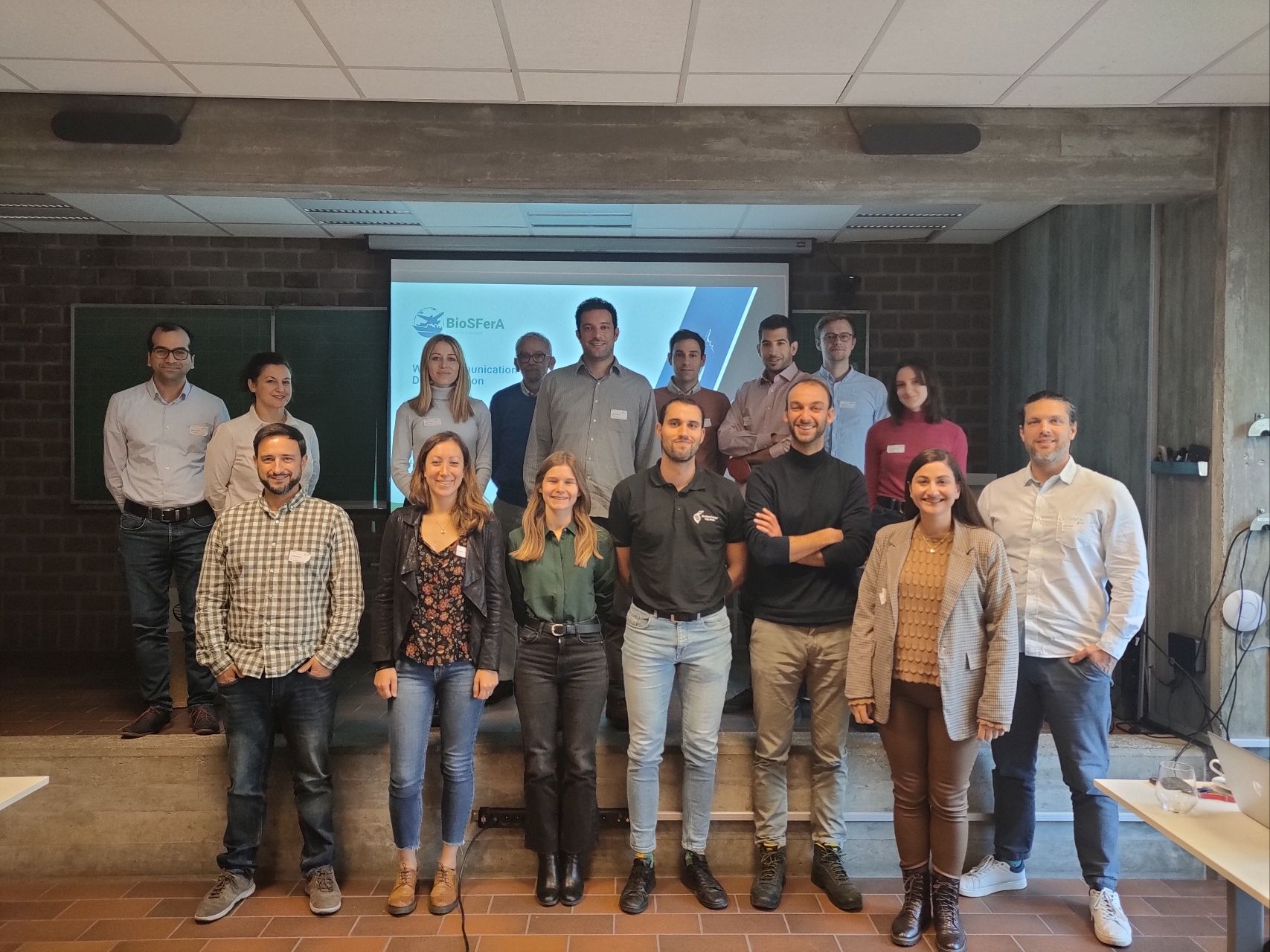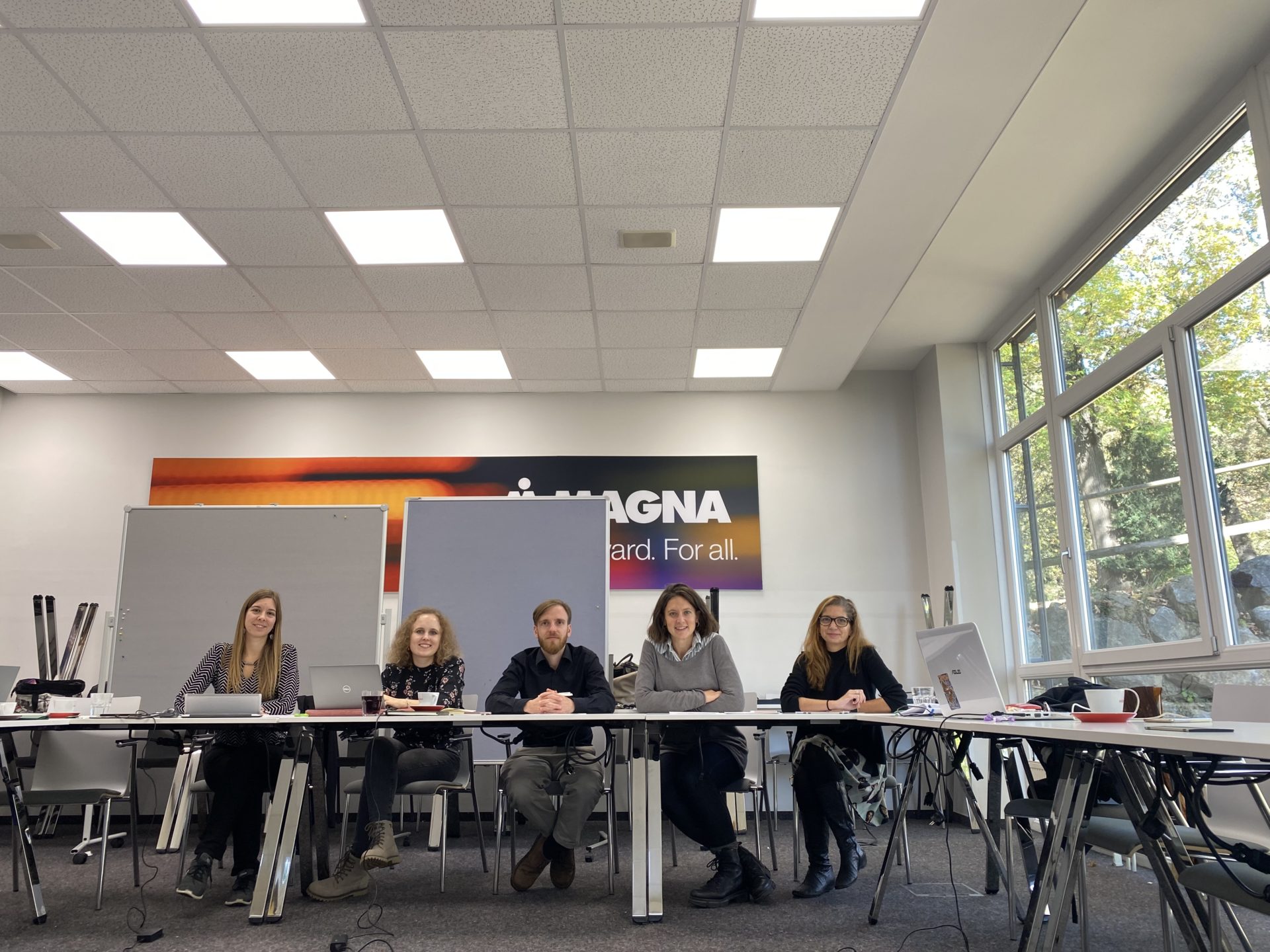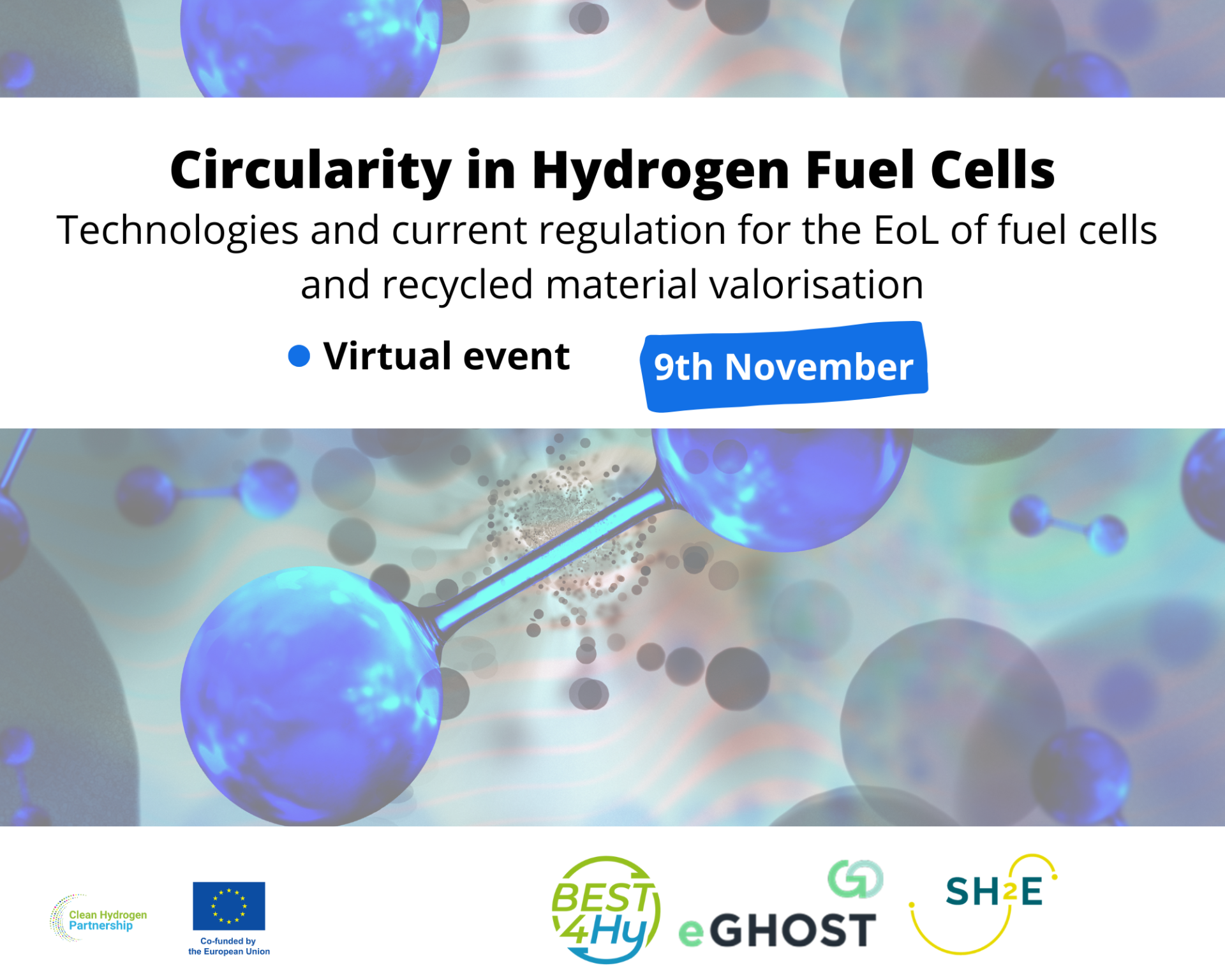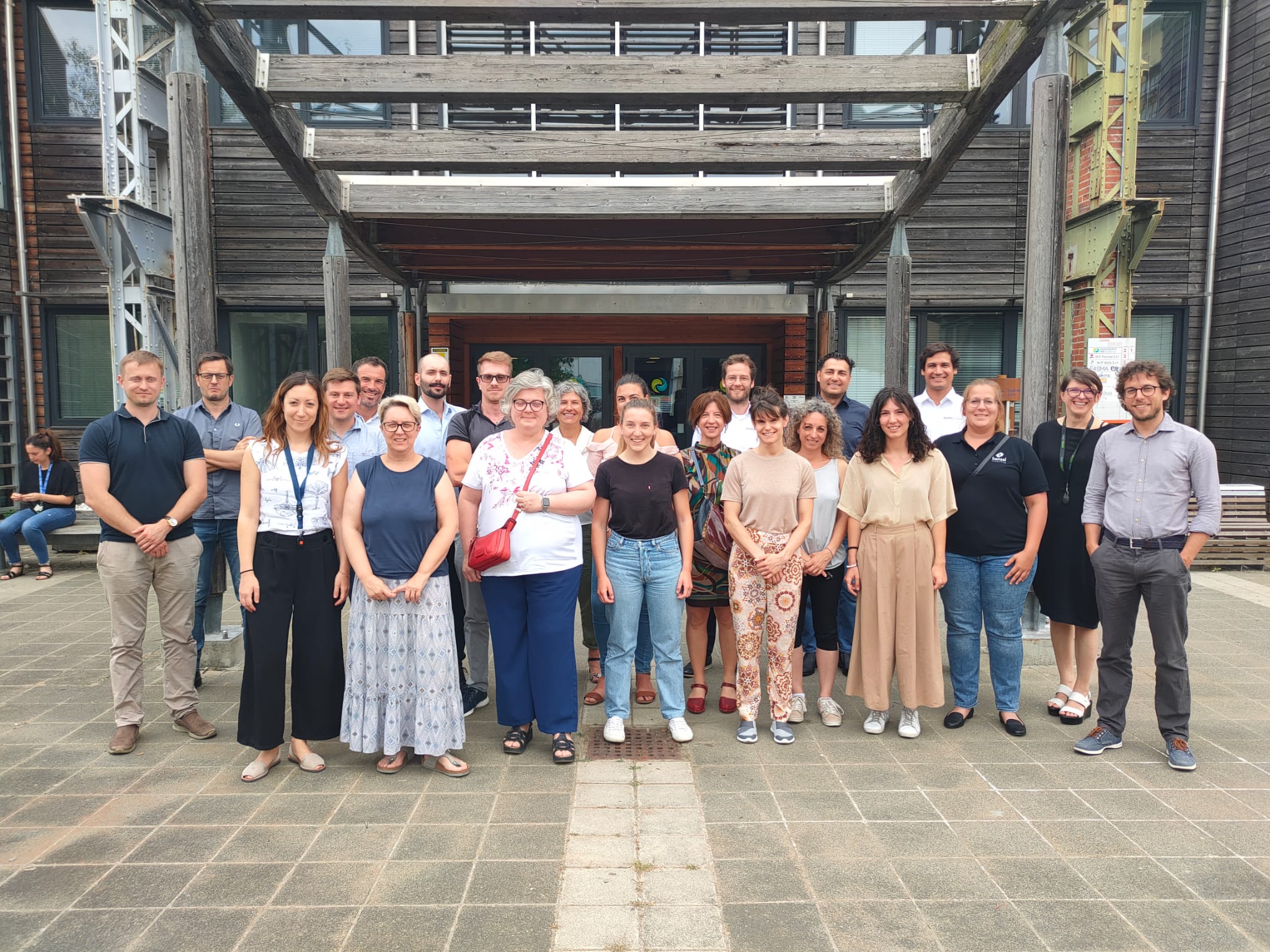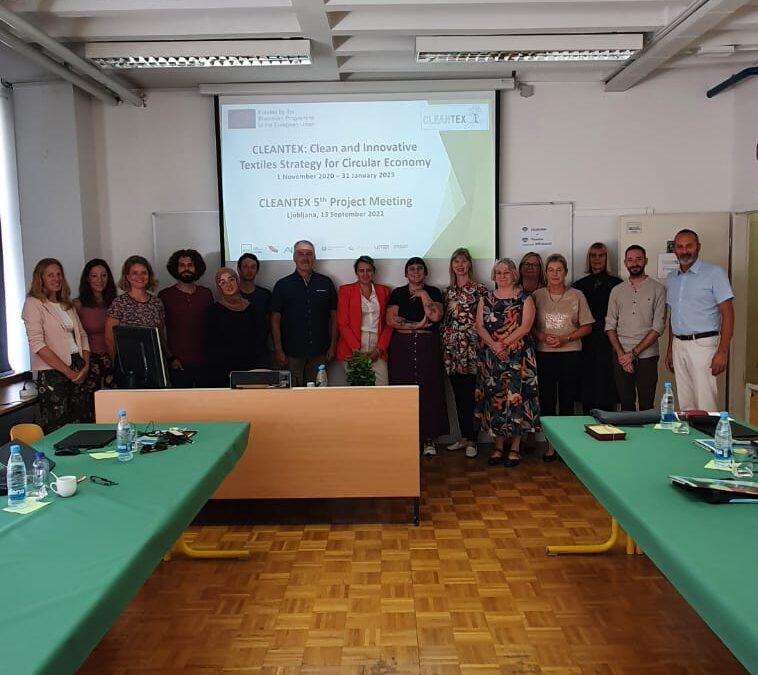At nearly half of its way, the BioSFerA project is aligned with the planned activities and some first interesting results highlight the technical value of the BioSFerA concept. Achieved the potential assessment of its replicability across Europe at commercial scale, as well as the identification of the overall value chain, progresses follow from the biological treatment tests of the syngas performed at lab scale.
More in detail, Moorella and Clostridium strains have been already identified as the wild type promising species, showing high resistance to the syngas contaminants for both wild and genetically modified type. Currently CSIC is working on the recombination strains phase, planning to perform tests in real conditions and apply modifications in the yeast to produce C14-chain length fatty acids.
Encouraging results for scale-up activities are also obtained in the gas fermentation tests, where BBEPP performed experiments in bioreactor using glucose as a carbon source, as well as the oxygen tolerance tests in serum bottles. On its side, CARTIF confirms the Moorella Thermoacetica wild-type strain 2955 as the best anaerobic bacterial strain for gas fermentation trials in bioreactors and identify the so called Fröstl medium, characterized by the absence of yeast extract, as the medium with best performance. Next steps expect to work on the effects of the contaminant’s accumulation in a 1.5-litre pressurized bioreactor with a gas recirculation system (CARTIF) and on a continuous bioreactor of 10 litre capacity where a cell recycle system is installed (BBEPP).
For the optimization of TAGs production from acetate fermentation, processes in bioreactor with the select wild type strains W29 or YB-392 of oleaginous yeast Yarrowia Lipolytica have been explored. The experiments completed by CARTIF in batch mode show a high total lipid content and titer achievement, to be improved in the next steps focusing on the cell recycling and joint feeding strategy of N and C nutrients in the substrates, with the double ability to increase cell growth, prevent lipid inhibition and citrate formation. The better performance observed with the increase in the C/N ration of the feed have been confirmed by BBEPP tests, which is now moving further working on the development of TAG identification, quantification method together with the installation of a 7-litre continuous bioreactor with a cell recycle system. Preliminary tests on lipid purification analysis also involve ENVIPARK with a first approach in laboratory on a Y. Lipolytica bacteria culture sample provided by BBEPP.
Besides the lab-scale tests, VTT is working on the strategy for syngas cleaning modification in the pilot campaign and GoodFuels presented a preliminary analysis on crucial parameter for BioSFerA fuels market penetration to meet specific standards and products specifications.
On the communication side, the BioSFerA dissemination results is proceeding with the creation of a ResearchGate project profile, giving visibility through papers and activities shared with the scientific community. The official BioSFerA newsletter is also under development to disseminate the innovative BioSFerA concept to a wide public. Although the consortium has never met during this first year and a half, the team is focused on the project’s goals and showed productive. Good feedback also come from the European Officer after the acceptance of the 1st Periodic Report and its positive evaluation on the promising results and works lead until now by the BioSFerA project.
BioSFerA website
Linkedin
Twitter
Contact: Paola Zitella, paola.zitella@envipark.com
